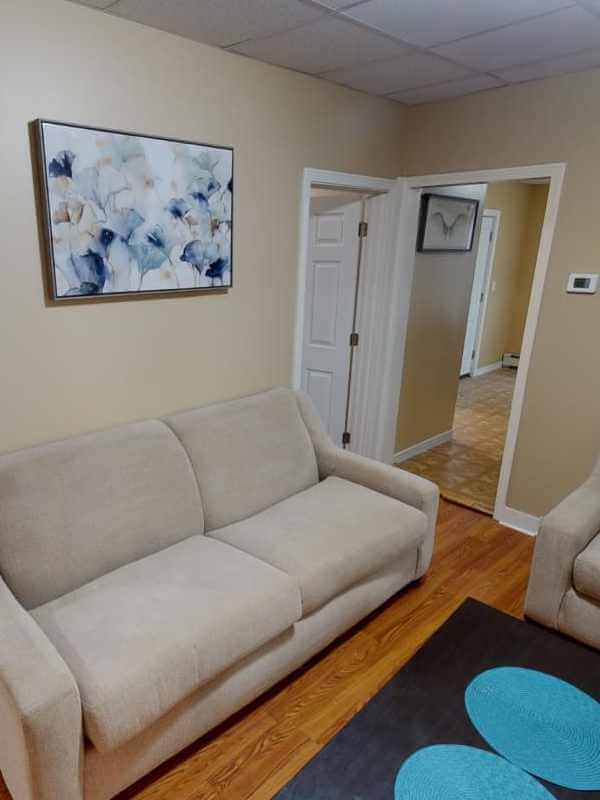PPD is based on an average acuity level of the whole.This level decides the amount of nursing hours allotted per day in the nursing department. Table 1 shows participating nurses’ characteristics and nursing units’ characteristics. More than half of the participants were over 35 years (59.0%), and most were female (94.0%). Nearly half of the participants had BSN or higher degrees in nursing (47.2%) and 53.5% had five years or more of work experience. Suppose a hospital’s medical-surgical unit is understaffed, but the labor and delivery unit has a low hppd meaning patient census.
How to calculate nursing hours allotted per day per patient/resident (PPD)
The strongest connection points to a history of hallucinogenic drug use, but it’s not clear how the type of drug or the frequency of drug use may affect who develops HPPD. Read on to learn more about this phenomenon, why it happens, and how a person might experience it. If a person is experiencing visual disturbances, they should speak to their doctor. It is also not the result of current intoxication or by an amount of a drug staying in a person’s system. Nor is HPPD caused by a “bad trip.” These are all common beliefs about HPPD that are not true. The kind of hallucinogen used as well as how much and whether they are taken with other substances can affect whether a person experiences HPPD and for how long they experience it.
Health News
Despite that, HPPD can still cause significant distress and interfere with one’s work and social life. Research shows that if you live with depression (with or without anxiety), HPPD symptoms may last longer for you and treatment may not work as well. Researchers are looking into whether brain stimulation may work as a way to relieve HPPD symptoms, but studies are still ongoing. When you have one, the vision or experience of a past event springs into your mind suddenly.
The Perception Restoration Foundation
Among those who’ve taken hallucinogenic drugs, only 4% to 4.5% get HPPD. Getting an accurate count of HPPD cases is difficult because there haven’t been many population studies about it. Researchers and doctors do not yet have a solid understanding of who develops HPPD and why.
Hallucinogen Persisting Perception Disorder: Etiology, Clinical Features, and Therapeutic Perspectives
Hallucinogenic persisting perception disorder, or HPPD, can develop as a result of long-term use and abuse of hallucinogenic drugs. The disorder is different from experiencing flashbacks after the effects of hallucinogens wear off. They typically end days after a person stops using hallucinogens. The CWI data included two children’s hospitals, one specialty hospital, and a federal hospital, which were excluded from this comparison.

Available treatment options

Due to the volume of messages we receive, we are not able to reply to each one. Our donations are distributed to a network of domestic and international scientists at the forefront of increasing our understanding of HPPD and its possible treatments. If there are any concerns about content we have published, please reach out to us at
- If the acuity comes back and each RN is taking 10 patients, they are given additional staff to get them down to acceptable shift staffing (D-6 / E-7 / N-8).
- HPPD offers a snapshot or a glimpse into adequate staffing levels in healthcare facilities, but it doesn’t factor in the type of staff, patient needs, or changes in admissions, transfers, and discharges.
- However, because patient-to-nurse ratios vary during and across shifts they are difficult to measure in a standardized dataset.
- This number helps to reflect the actual amount of patients on a unit and determine staffing levels.
Prepare for higher patient volumes
So, tracking HPPD can help you assign and schedule the right staffing mix for your patients while maximizing budgets and resources. Treatment may not lead to complete recovery, Substance abuse and patients, especially those with Type II, must learn to cope with the visual disturbances. In many accounts, accepting the visual phenomena helps patients learn to ignore them. People diagnosed with HPPD each experience this condition differently. Some people might experience symptoms for a few days after being intoxicated.
There are two primary limitations of these data projects at this time. First, the CalNOC and NDNQI databases depend on voluntary submissions from hospitals, which may affect the representativeness of the data. As noted above, small and for-profit hospitals are under-represented in the CalNOC data. Hospitals that choose to participate in these data collection efforts may be more interested in quality measurement and improvement, and thus the databases represent https://www.houseofwishes.ir/20-celebrity-deaths-involving-drugs-or-alcohol-2/ better-staffed hospitals. If the data do not represent the full spectrum of staffing patterns, research findings are limited.
Drugs that Cause HPPD
Behavioral or talk therapy may help individuals cope with complications of HPPD, such as co-occurring anxiety or depression. Therapy can also help individuals function or overcome impairment. Benzodiazepines, such as Xanax (alprazolam) or Klonopin (clonazepam), appear to be the most effective treatment.
On the other hand, the intrinsic abuse potential of benzodiazepines might be inconvenient in certain individuals with a past history of substance use 17,18. Given the benign nature of HPPD I, the use of benzodiazepines should be proposed only for severe cases, in the acute phase, and for the short term. The three types of nursing personnel—RNs, LPNs, and NAs—can be included in any measure of nurse staffing. Some researchers group all three classifications together to consider total nurse staffing.
